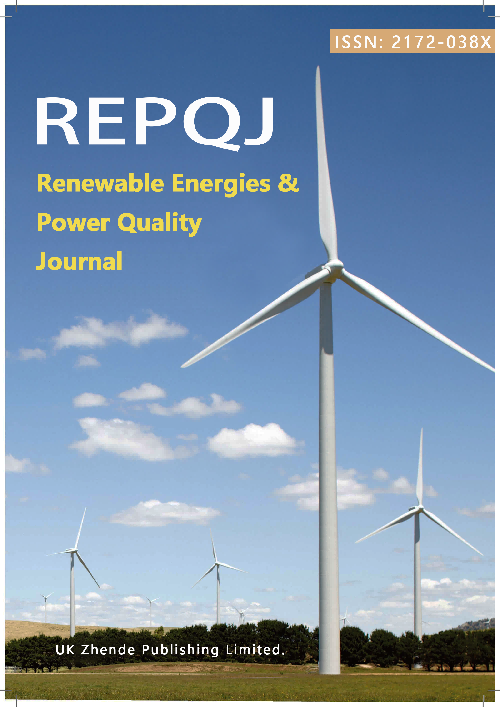Optimizing Multi-dimensional Feature Fusion and Anomaly Detection of Ground Faults in Power Distribution Networks Using Quantum Variational Autoencoders
DOI:
https://doi.org/10.52152/4286Keywords:
Quantum variational autoencoder, Ground faults in power distribution networks, Multi-dimensional feature fusion, Anomaly detection, Quantum computinAbstract
The current ground fault detection method in power distribution networks is limited by the high-dimensional feature redundancy and model generalization ability, which leads to the expansion of feature dimension and the increase of noise interference. Based on the parallelism and strong feature expression ability of quantum computing, this paper proposes an efficient multi-dimensional fault feature fusion method to improve the accuracy, generalization ability, and computational efficiency of anomaly detection, thereby enhancing the real-time performance and reliability of ground fault diagnosis in power distribution networks. Through quantum state coding and feature mapping technology, efficient fusion of multi-dimensional fault features is achieved. An anomaly detection mechanism is constructed by combining quantum latent variable learning and quantum entanglement characteristics, and the detection precision and robustness are improved by combining Kullback-Leibler (KL) divergence and Mahalanobis distance. The model complexity is reduced by adopting quantum parallel computing and quantum-classical collaborative optimization strategies. Experimental results show that the quantum variational autoencoder (Q-VAE) outperforms other models in multi-dimensional feature fusion and anomaly detection. The fault pattern distribution is compact, and the category separation is clear. The accuracy and recall reach 95.4% and 93.7%, respectively, which is significantly better than control models. Q-VAE also performs well in identifying different types of faults, demonstrating its superior performance in feature fusion, anomaly detection precision, generalization capability, and computational efficiency, providing an efficient and precise solution for ground fault detection in power distribution networks.
Downloads
Published
Issue
Section
License
Copyright (c) 2025 Zhihai Yan, Zaixin Yang, Jiali Liu, Xianglong Liu, Xingmeng Yang (Author)

This work is licensed under a Creative Commons Attribution 4.0 International License.











